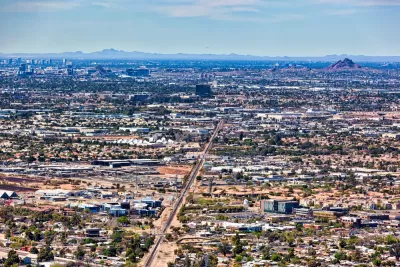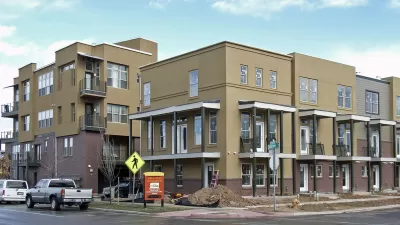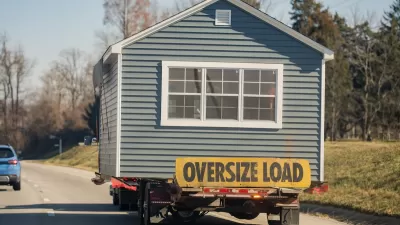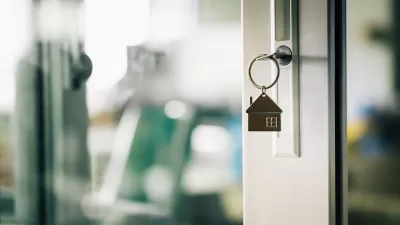Redlined for decades, south Phoenix is experiencing a resurgence that could push local residents even farther out as housing costs spike.

“Housing discrimination, including disastrous government-supported redlining is hurting south Phoenix neighborhoods more than 50 years after it was struck down as illegal and predatory,” write Catherine Reagor and Megan Taros.
According to the authors, south Phoenix neighborhoods redlined by federal government maps in the 1930s continue to see low homeownership rates among Black and Latino residents. “And by keeping the area’s residents from getting mortgages to buy homes for so long, the discriminatory policies kept many families from building the home equity that translates to savings and wealth.”
Now, the area is “seeing some of the biggest jumps in rents and home prices in the Valley,” making it impossible for low-income residents to afford homeownership there now. Like other urban communities around the country, south Phoenix also suffered the effects of freeway construction and a new airport that broke up neighborhoods and reduced mobility for local residents.
A report from ASU’s Morrison Institute for Public Policy documents the lasting effects of discriminatory policies. “Although some policies have tried to reverse these practices and racial integration has drastically increased, the past still weighs on the present housing landscape of Arizona, the report found.”
The source article details the findings of the report, including statistics and maps that show the correlation between historically redlined areas and current homeownership trends, as well as current efforts on the part of grassroots organizations and policymakers to reverse the effects of historically racist policies, even as property values in south Phoenix rise sharply.
FULL STORY: Institutionalized racism of the past': Discriminatory housing practices resound in south Phoenix today

Planetizen Federal Action Tracker
A weekly monitor of how Trump’s orders and actions are impacting planners and planning in America.

San Francisco's School District Spent $105M To Build Affordable Housing for Teachers — And That's Just the Beginning
SFUSD joins a growing list of school districts using their land holdings to address housing affordability challenges faced by their own employees.

The Tiny, Adorable $7,000 Car Turning Japan Onto EVs
The single seat Mibot charges from a regular plug as quickly as an iPad, and is about half the price of an average EV.

With Protected Lanes, 460% More People Commute by Bike
For those needing more ammo, more data proving what we already knew is here.

In More Metros Than You’d Think, Suburbs are Now More Expensive Than the City
If you're moving to the burbs to save on square footage, data shows you should think again.

The States Losing Rural Delivery Rooms at an Alarming Pace
In some states, as few as 9% of rural hospitals still deliver babies. As a result, rising pre-term births, no adequate pre-term care and "harrowing" close calls are a growing reality.
Urban Design for Planners 1: Software Tools
This six-course series explores essential urban design concepts using open source software and equips planners with the tools they need to participate fully in the urban design process.
Planning for Universal Design
Learn the tools for implementing Universal Design in planning regulations.
Smith Gee Studio
City of Charlotte
City of Camden Redevelopment Agency
City of Astoria
Transportation Research & Education Center (TREC) at Portland State University
US High Speed Rail Association
City of Camden Redevelopment Agency
Municipality of Princeton (NJ)





























